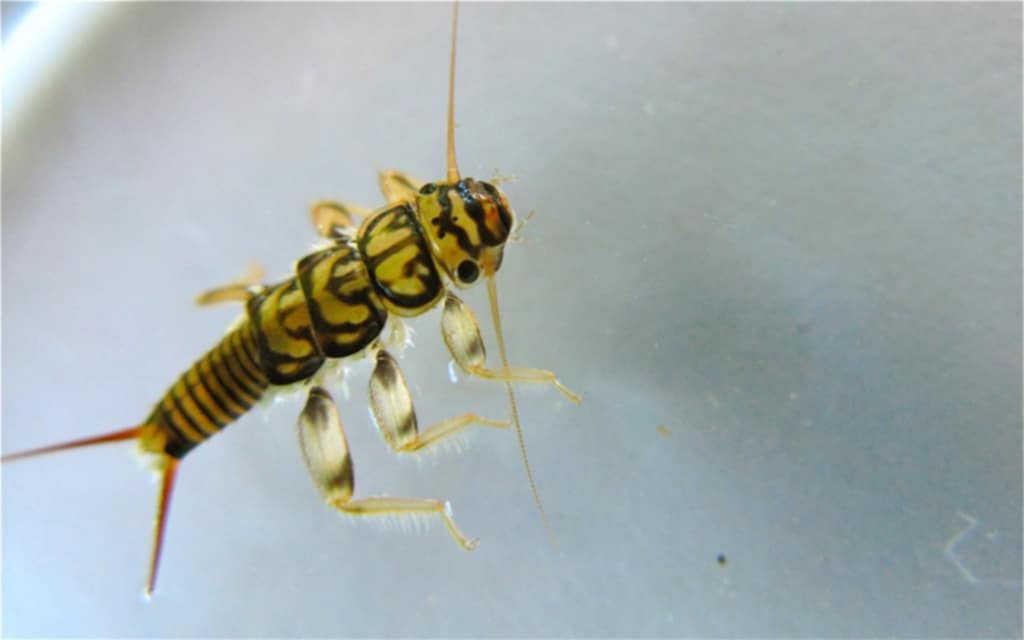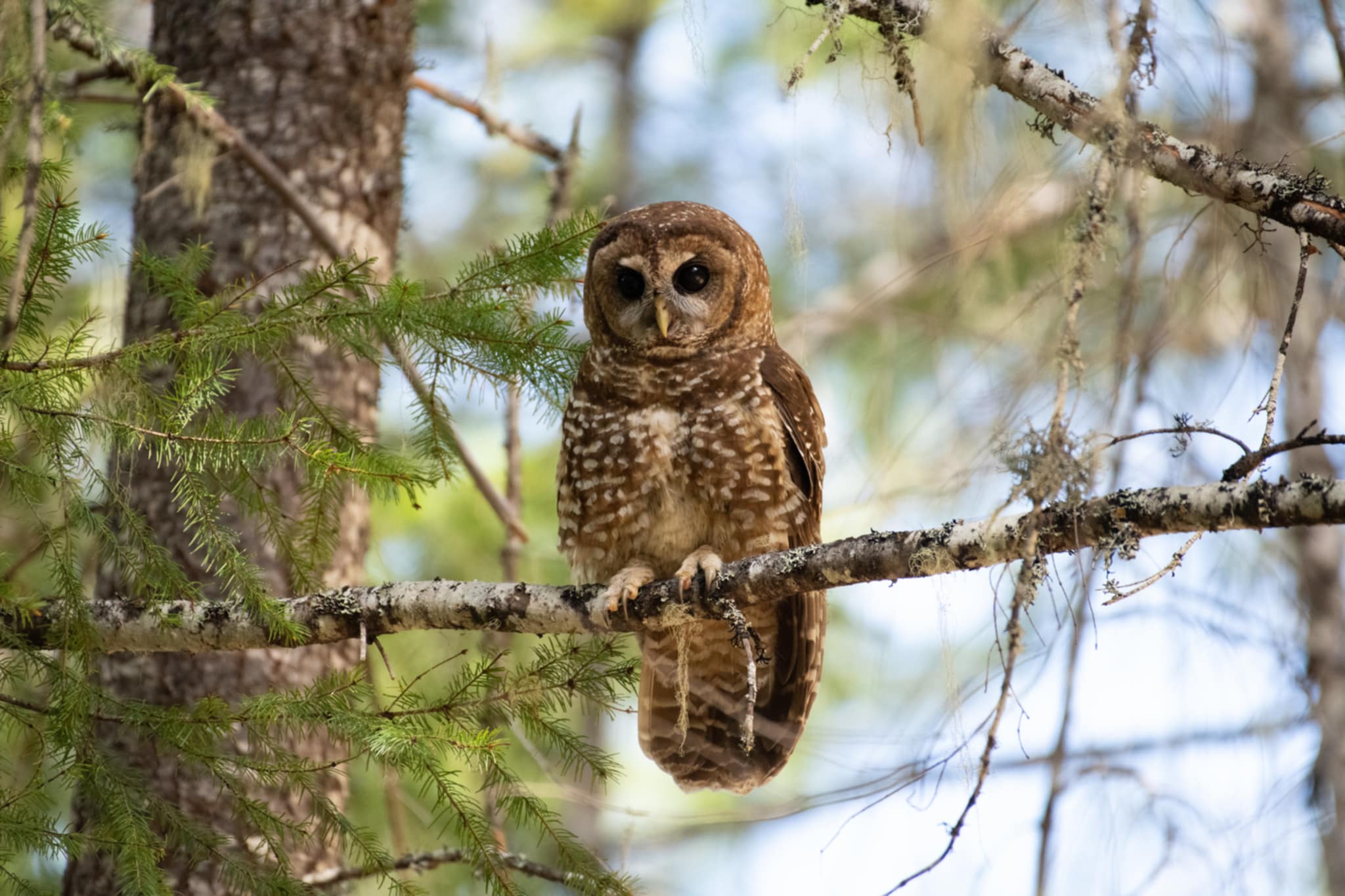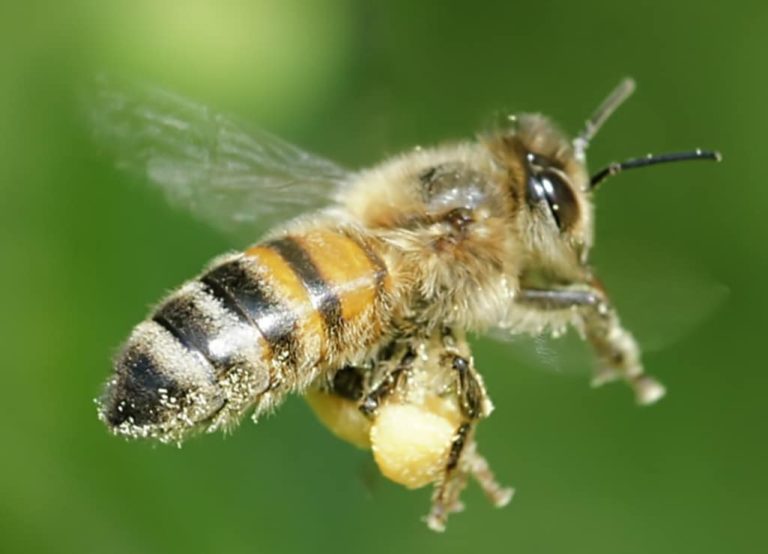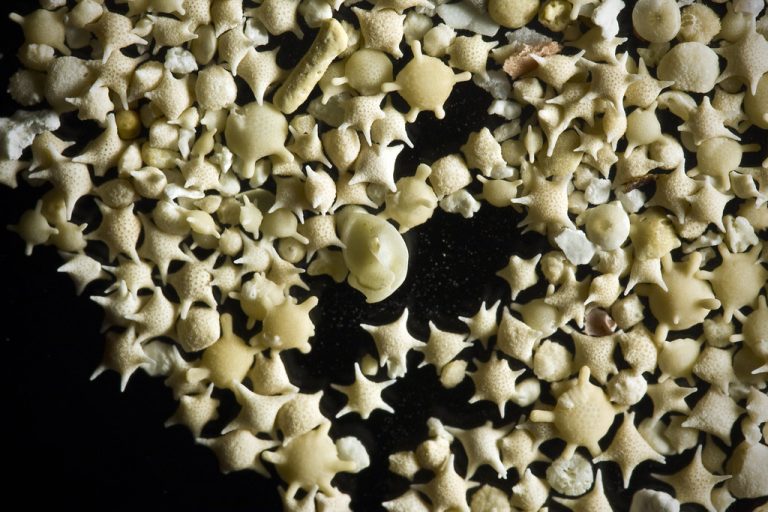Indicator Species: Nature’s Early Warning System
Have you ever wondered how ecologists monitor the health and stability of ecosystems?
In this post, I’m going to tell you about one of the most effective tools they use for that purpose, something called an “indicator species.”
I’ll delve into what indicator species are, why they are crucial, and provide some interesting examples.
What is an Indicator Species?
As the name implies, an indicator species is a plant, animal, or microorganism that serves as an indicator of the health and stability of its habitat environment. These organisms are sensitive to changes in the ecosystems they inhabit and can signal whether they are healthy or if there are problems.
Characteristics of Indicator Species
Not just any species can be an indicator species. Here are some key characteristics that qualifies an organism for this role:
Fast Reproduction
Indicator species typically reproduce fast.
So, in case of a significant change in their habitat, there may be quick and apparent changes in their populations.
As they are likely to have large populations, any changes in their populations can be observed in a short period of time.
The species that procreate fast are usually highly sensitive to the changes in their environment too and therefore ideal to use as indicators of ecosystem health.
Specialized Habitat or Diet
Indicator species often have very specific habitat needs or diets, making them highly sensitive to environmental changes.
So, declines in their populations can indicate habitat loss or habitat degradation.
Species with very specific dietary needs are also good indicators of habitat conditions, as changes in their populations can reflect the health of their specific food sources.
Wide Distribution and Abundance
Indicator species usually have wide distribution and are quite abundant. That makes them easy to observe and monitor across large areas.
This allows scientists to collect data about them from various locations, providing a good understanding of habitat health.
Also, many indicator species are often well-studied, so there is already a good amount of knowledge available to support monitoring efforts.
Immediate Response to Changes
The reactions of Indicator species to changes in their environment such as pollution, climate shifts, or habitat destruction, are pretty quick.
For example, fish in a river may show behavioral or physiological changes immediately after a pollutant is introduced, serving as an early warning system for water quality issues.
This immediate response helps scientists to identify and address environmental issues before they become severe. .
Examples of Indicator Species
Let’s look at some examples of indicator species and how they help us understand the health of our ecosystems.
Northern Spotted Owl

Found in old-growth forests, the northern spotted owl is a classic example of an indicator species.
The well-being of these owl populations closely reflects the overall health of their habitats. If the owl population is thriving, it shows that the forest contains good biological diversity and is ecologically stable. A decline in their numbers, on the other hand, can indicate significant environmental issues such as reduction of prey species, habitat loss, fragmentation, or degradation.
Their dependence on old-growth forests makes them particularly sensitive to changes in forest structure and composition, making them an invaluable indicator for conservation efforts.
Lichens

Lichens are another excellent example of indicator species.
These complex organisms, which are a symbiosis between a fungus and an alga, are highly sensitive to air pollution.
Different types of lichens can tolerate different levels of pollution, making them natural indicators of air quality.
Stoneflies

Stoneflies, actually their larvae, are indicators of clean water.
These insects are sensitive to changes in water quality and can signal the presence of pollutants. If stonefly larvae populations decline, it may indicate issues with their aquatic habitat.
Tubifex Worms

Tubifex worms thrive in water mixed with sewage waste, making them indicators of water contamination.
High populations of these worms can signal water contaminated with organic waste, and probably pathogens.
The Monarch Butterfly

The monarch butterfly is another important indicator species, especially for monitoring the health of ecosystems it inhabits and related to its migratory routes.
They are highly dependent on milkweed plants for their reproduction, as they are the host plants for their larvae. That makes them sensitive to changes in plant populations and pesticide use.
A decline in monarch butterfly populations can signal bigger environmental issues such as habitat loss, pesticide contamination, and climate change.
The monarch’s migratory pattern that spans thousands of miles also makes it an indicator of overall ecosystem health across different regions.
Why Are Indicator Species Important?
Indicator species are important in the sense they play a critical role in conservation and environmental monitoring.
Early Warning System
Indicator species act as an early warning system for environmental changes.
By monitoring the health and population of indicator species, scientists can predict and prepare for disruptions to ecosystems. This allows them to be more proactive in conservation efforts.
Biodiversity Indicators
Indicator species can reflect the overall biodiversity of an ecosystem.
For example, the presence and a healthy population of certain predatory bird species can indicate healthy populations of the various species they prey on, and other species those prey depend on, while the absence of these species or a decline of their population might signal a decline in biodiversity of the particular habitat.
Efficient Monitoring of Ecosystem Health
Monitoring indicator species is often more efficient than monitoring entire ecosystems.
By focusing on a few key species, scientists can gain valuable insights about the health of an ecosystem instead of doing more extensive monitoring.
Management Tool
Indicator species are useful management tools for conservation attempts.
By observing how the populations of certain indicator species change in response to conservation efforts, scientists can determine the efficiency of those conservation efforts and make informed decisions about how to approach further conservation work.
Challenges and Considerations
There are some challenges and limitations in using indicator species to monitor ecosystem health too.
Correlation vs. Causation
It’s important to ensure that the changes observed in an indicator species are directly linked to environmental conditions and not to other factors.
Even though a change in an indicator species’ population correlates with some changes in its habitat ecosystem, it does not always mean that ecosystem change is the cause of that population change, as there can be other factors at play.
So, thorough studies are needed to justify the use of an indicator species.
Single Species Limitations
Relying solely on one indicator species can be misleading.
It’s crucial to consider multiple indicators and other ecological metrics to get a more comprehensive assessment of ecosystem health.
Conclusion
Indicator species are organisms capable of indicating if something is wrong with the ecosystems they live in.
Characterized by fast reproduction, specialized needs, wide distribution, and immediate responses to environmental changes, they signal issues like pollution and habitat loss.
Examples include the northern spotted owl, lichens, stoneflies, Tubifex worms, and the monarch butterfly.
These species help in conservation by indicating problems within ecosystems, reflecting on biodiversity, and showing the efficiency of conservation attempts.
However, it’s important to address challenges like differentiating correlating factors of the changes in indicator species populations from their actual causes and limitations of depending on a single indicator species to monitor an ecosystem.







